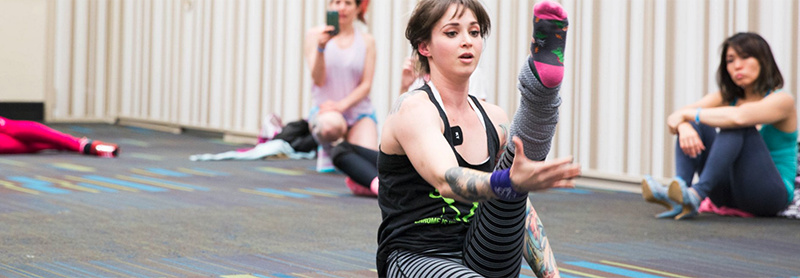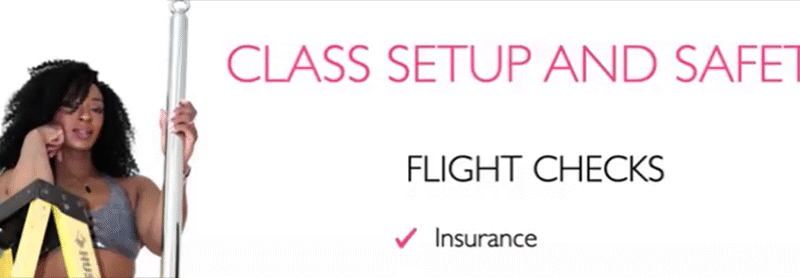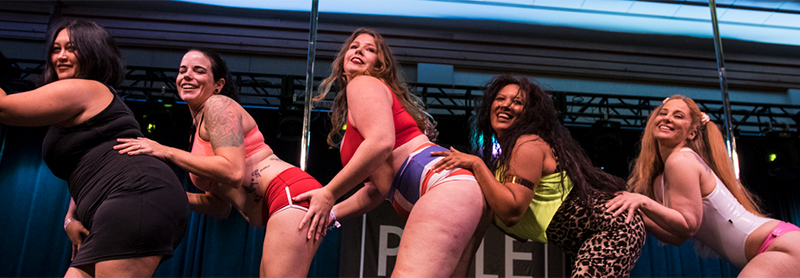A train-cation is a trip (usually away from home) where you focus for a specific…

Creating effective warmups for your pole students
If you are a pole instructor, warming up your students in preparation for a movement class is something that you do all the time. It might even be something you do so much that you don’t even think about it anymore!
In this post we’ll share three different types of preparations for you to consider adding to your warmups to better help your students succeed in your classes and have them coming back again and again.
Vibe (or emotional) prep
Use your words, music and movements, to quickly set the tone of the class for your students. Is this a slow and sensual class? Or more of a conditioning or HIT focused class? Let the music, the lightning, and everything else that you can impact, tell your story and make sure everything matches! A mismatch in vibe can give the wrong emotional impression and confuse your students (or totally turn them off) before class even begins.
Physical prep
Regardless of the style or type of class you’re about to teach, give your students practice doing the movements (or approximations of movement off the pole) that they’ll be doing in class. For instance, If the movement you’re about to do incorporates the splits, make sure they are prepared to do their splits! Always use both strength and flexibility or mobility focused movements in your warmups.
If you’ve been teaching for a while, ask your students for feedback on what works for them. If your demographic is in a high stress area, maybe they would benefit from more attention to breathing cues. If they have come to movement later in life, maybe they would benefit from more detailed cueing.
Mental prep
Successfully prepping your students mentally is just as important as prepping them physically.
Mental prep can be doing physical things your students expect in a warm up or it can be a good verbal introduction setting expectations for how the class will run. Try to include both!
According to a 2018 study by Blazevich et al., they found that “including static or dynamic stretching into a warm-up instilled greater participant confidence regarding their performance in the ensuing sports-related tests. Anecdotally, many individuals report similar feelings of reduced tension after routine stretching and feel that this mentally prepares them for physical activity…. the psychological benefit may be an important consideration when working with clients.”
These are just three general ways to improve your warm ups by addressing your students’ mental, physical, and emotional needs before class even starts. What else would you add?



